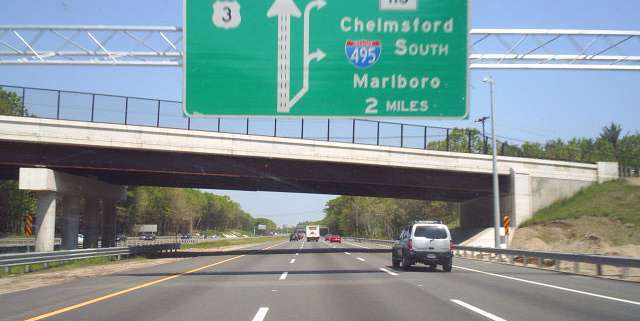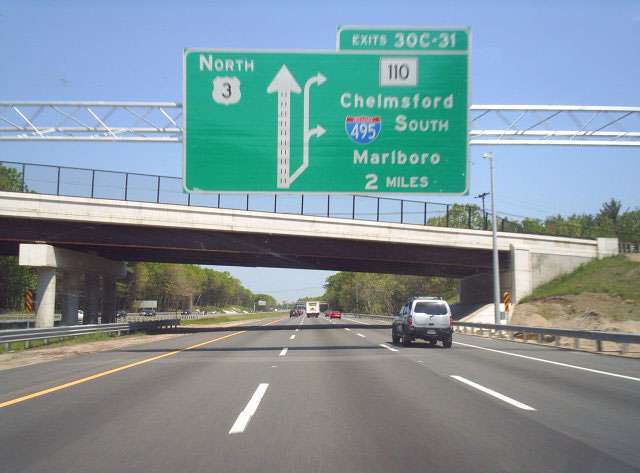
My driving habits changed when I got my commercial driver’s license. I started parallel parking like I was shooting pool. I slowed way down. And I started paying much more attention to traffic signs. Large vehicles react more slowly than smaller ones. An accident involving a large vehicle will be more serious. To drive safely, I needed to make decisions well ahead of time. With my attention divided between the condition of my vehicle, other vehicles, pedestrians, road conditions, and navigation, I needed to quickly and easily identify traffic signs. Color differences and reflectivity of signs made this possible. Without them, the roads would be far less safe to drive.
Warning signs are color coded to keep motorists safe. Image Credit: Flickr User Jay Galvin (CC BY 2.0)



